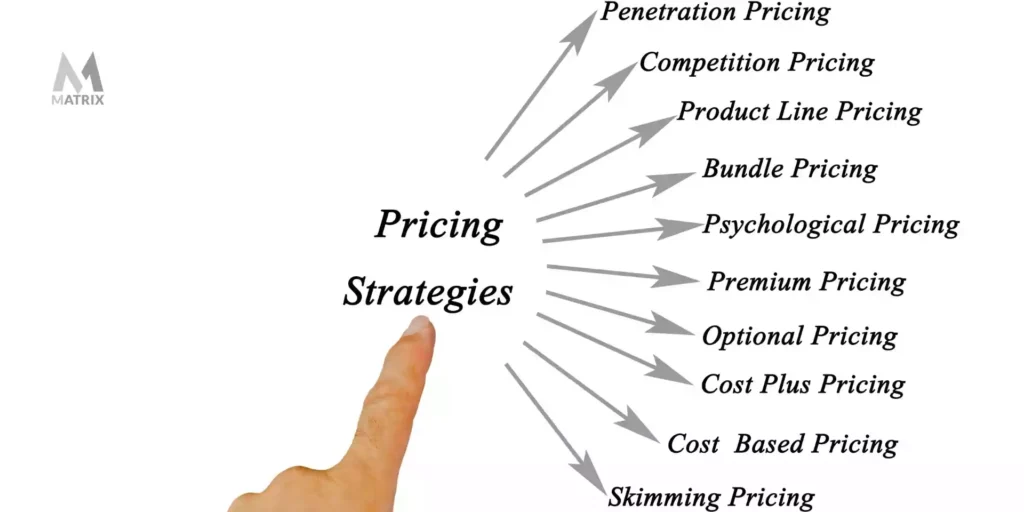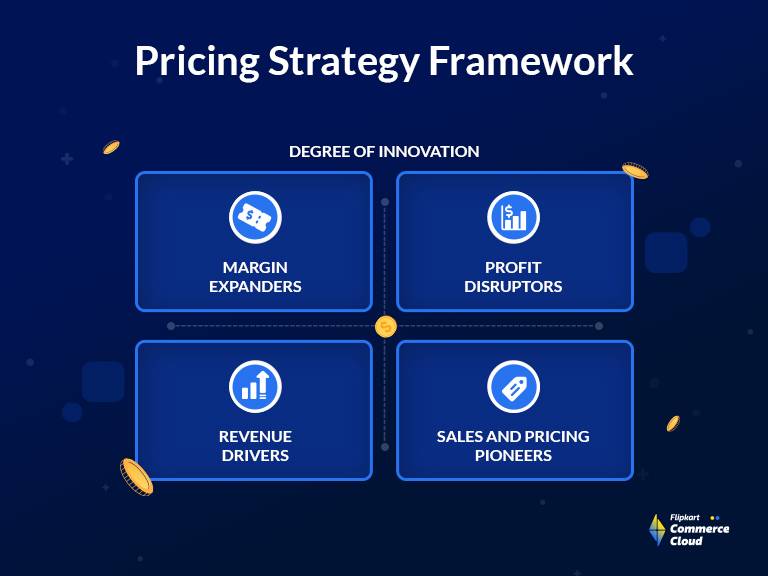Producing a Dynamic Pricing Strategy to Keep Ahead of the Competition
Producing a Dynamic Pricing Strategy to Keep Ahead of the Competition
Blog Article
Comprehending Pricing Approaches: A Guide to Boosting Competitiveness
In an increasingly affordable landscape, understanding pricing strategies is essential for services aiming to enhance their market placement. Comprehending rival prices and the psychological elements that influence customer habits can create a nuanced strategy to prices that resonates with target audiences.
Relevance of Prices Strategies
In the competitive landscape of business, the relevance of pricing approaches can not be overemphasized. Pricing acts as an essential lever for companies, affecting both market positioning and consumer perception. A well-defined rates technique can improve profitability, drive sales, and develop an affordable edge.

Understanding customer actions is crucial in crafting prices strategies. Insights right into rate sensitivity, perceived value, and affordable offerings enable businesses to adapt their prices models as necessary. In addition, normal evaluation of rates effectiveness is needed to react to market dynamics and customer patterns.
Inevitably, a robust prices strategy is important not just for profits generation but likewise for lasting organization practicality. It forms brand identification, affects customer commitment, and plays a pivotal role in the general advertising and marketing approach. Thus, businesses need to spend time and sources in establishing and improving their rates approaches to thrive in an ever-evolving marketplace.
Kinds of Pricing Versions
Exactly how work establish one of the most reliable method to value their service or products? The solution lies in comprehending different prices versions, each fit to various market problems and service purposes.
One widespread version is cost-plus pricing, where a fixed portion is contributed to the overall expense of manufacturing. This approach makes sure that all costs are covered while producing a revenue. On the other hand, value-based prices concentrates on the viewed worth of the item to the client, allowing businesses to charge a costs based on client demand and satisfaction.
One more approach is dynamic prices, commonly utilized in sectors such as traveling and friendliness. This design readjusts rates in real-time based on market demand, rival pricing, and other exterior variables. Penetration pricing is additionally significant, where businesses initially set reduced costs to enter an open market and gain market share, later boosting rates when a consumer base is developed.
Finally, skimming pricing includes setting high preliminary prices for brand-new or cutting-edge products, profiting from early adopters before lowering rates gradually. Comprehending these models makes it possible for services to tactically position themselves in the industry, straightening their rates strategies with their overarching objectives.

Analyzing Competitor Prices
Recognizing rival rates is an essential aspect of formulating an efficient pricing strategy. Organizations must carry out detailed evaluations of their competitors' rates structures to recognize market positioning, assess possible threats, and uncover opportunities for distinction. This requires collecting information on rivals' prices, promotional strategies, and any rewards or discount rates they supply.
Analyze their pricing designs, including any type of tiered pricing systems, subscription charges, or mass discount rates - Pricing Strategy. Recognizing the rationale behind these rates techniques can give insights right into consumer habits and choices.
Consider the implications of competitor pricing on your value recommendation. If competitors provide similar products at reduced costs, you may require to emphasize distinct selling factors or enhance customer service to validate your prices.
Eventually, assessing rival rates not only notifies prices decisions however also assists organizations stay affordable in a constantly progressing market landscape.
Psychological Rates Strategies
Mental prices methods take advantage of consumer psychology to influence purchasing decisions and improve the perceived value of products. These techniques are grounded in the understanding of just how customers process valuing details and the psychological actions that accompany it. One common approach is appeal pricing, where rates are established simply below a rounded number, such as $9.99 rather of $10.00. This strategy makes use of the propensity of consumers to regard costs as less than they in fact are, encouraging impulse acquisitions.
One more efficient technique is status prices, where greater prices are connected with higher top quality. This technique attract consumers' desire for standing and exclusivity, positioning items as exceptional offerings. Furthermore, bundling products together at an affordable price can develop a sense of worth, motivating customers to buy even more than they at first meant.
Deficiency click for source rates, which emphasizes minimal accessibility or time-sensitive deals, can additionally trigger urgency, pushing customers to act rapidly. By comprehending and using these mental prices strategies, businesses can efficiently form consumer assumptions, drive sales, and ultimately enhance competitiveness in the marketplace.
Implementing and Adjusting Strategies

Once data is collected, companies should evaluate their pricing designs versus current market conditions. This might entail taking on vibrant pricing techniques that allow for real-time adjustments based on supply and demand changes. Services need to also why not check here think about segmenting their market to customize rates for various consumer teams, enhancing viewed worth and driving sales.
Consistently evaluating pricing methods is necessary. This can be attained through A/B screening or consumer responses, which provides understandings right into the effectiveness of current pricing. Additionally, companies must continue to be flexible to adapt to unexpected modifications, such as economic downturns or arising competitors.
Conclusion
In conclusion, effective pricing strategies act as a crucial part for services aiming to enhance competition in a fluctuating market. By leveraging different rates designs, evaluating competitor rates, and employing mental techniques, firms can better position themselves and connect worth to customers. In addition, on a regular basis readjusting these strategies in action to market dynamics and customer behavior is essential for ensuring long-lasting sustainability and earnings, inevitably promoting and driving sales customer commitment.
In an increasingly affordable linked here landscape, grasping pricing approaches is vital for services intending to enhance their market setting. Recognizing competitor prices and the emotional elements that influence customer behavior can produce a nuanced method to rates that reverberates with target audiences.Understanding competitor rates is an essential facet of creating an efficient rates strategy. Evaluate their pricing models, including any type of tiered prices systems, registration fees, or bulk discounts. By leveraging numerous pricing designs, examining rival rates, and using psychological techniques, business can better place themselves and connect value to customers.
Report this page